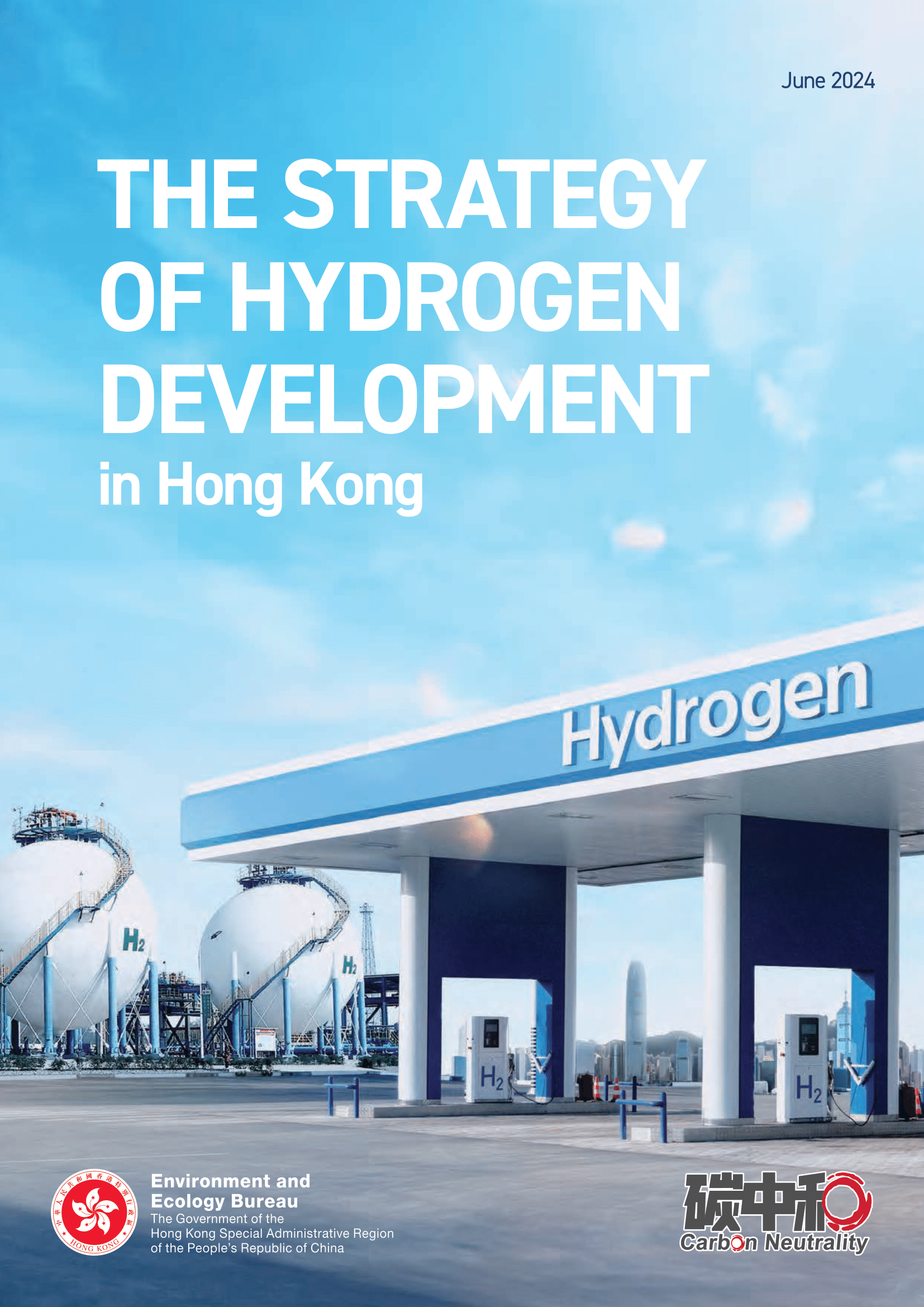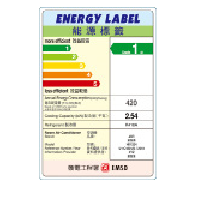Energy
Our current reliance on fossil fuels is unsustainable and harmful to the planet. To achieve sustainability, we need to change the way we produce and consume energy, find reliable and sustainable modern energy and enhance energy efficiency.
Clean energy
- energy that do not destroy and harm the environment and release no pollutants
- Zero-carbon energy and renewable energy are clean energy
What is zero-carbon energy?
Zero-carbon energy refers to energy which does not generate carbon emissions during their production or usage. Zero-carbon energy under application in Hong Kong currently includes solar, wind and nuclear energy.
Solar energy
Adopt modern technologies in capturing energy from the Sun (solar energy) to produce hot water, steam or electricity
Examples of solar energy generation systems:
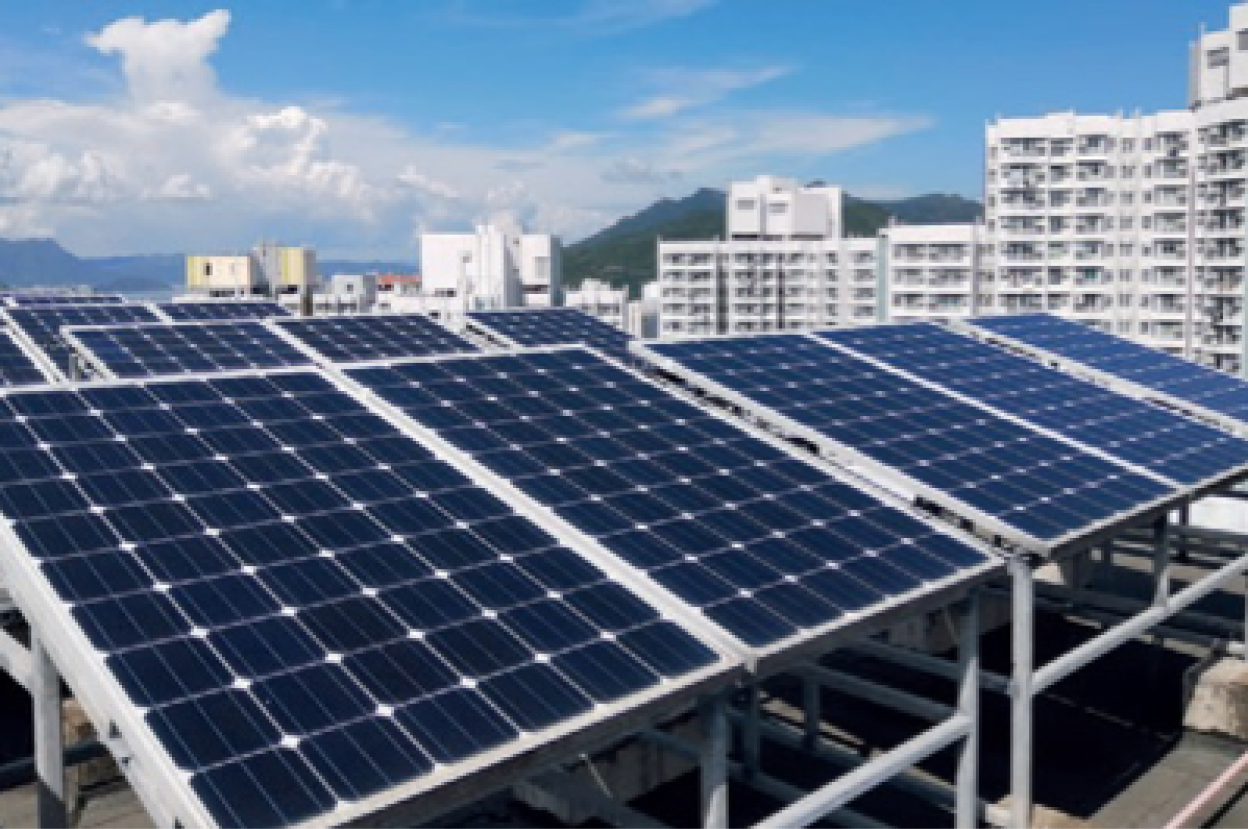
The solar energy generation system installed by the Housing Authority at Shui Chuen O Estate
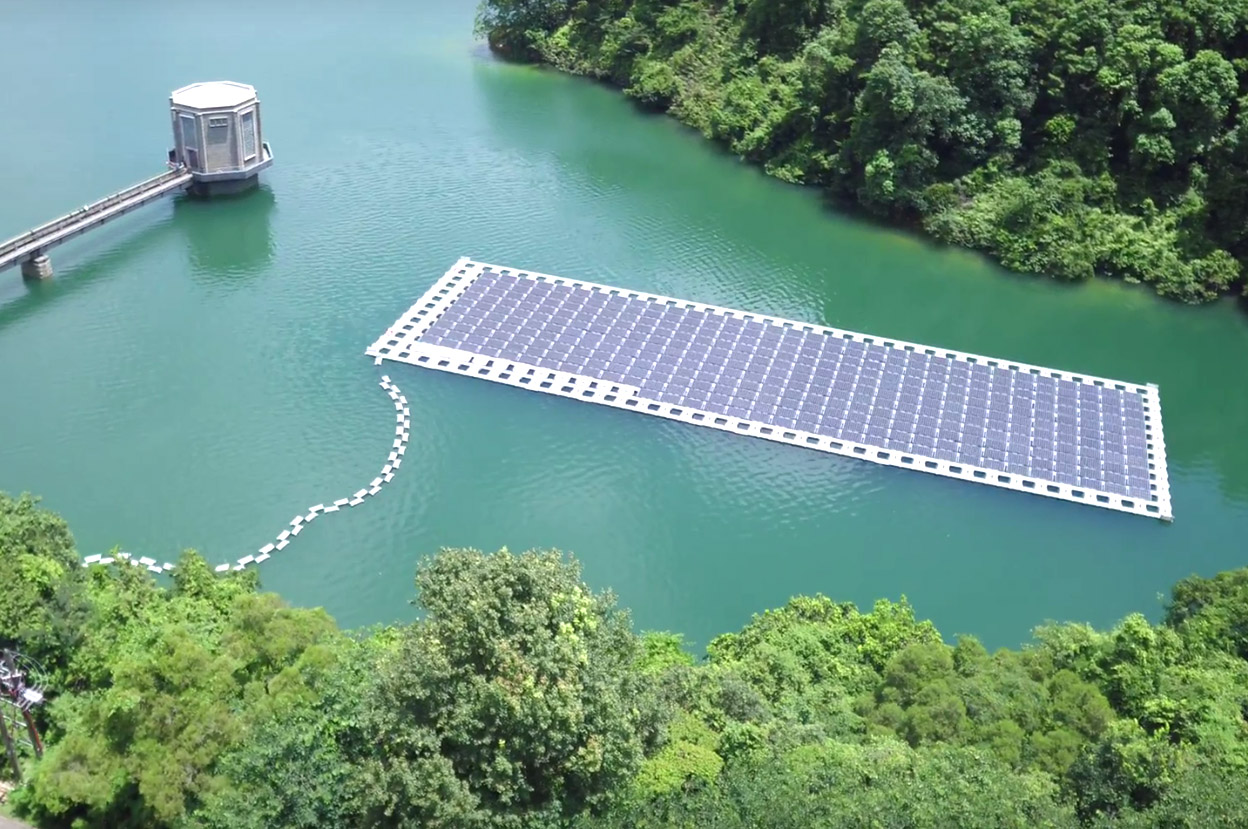
The floating solar energy generation system at Shek Pik Reservoir
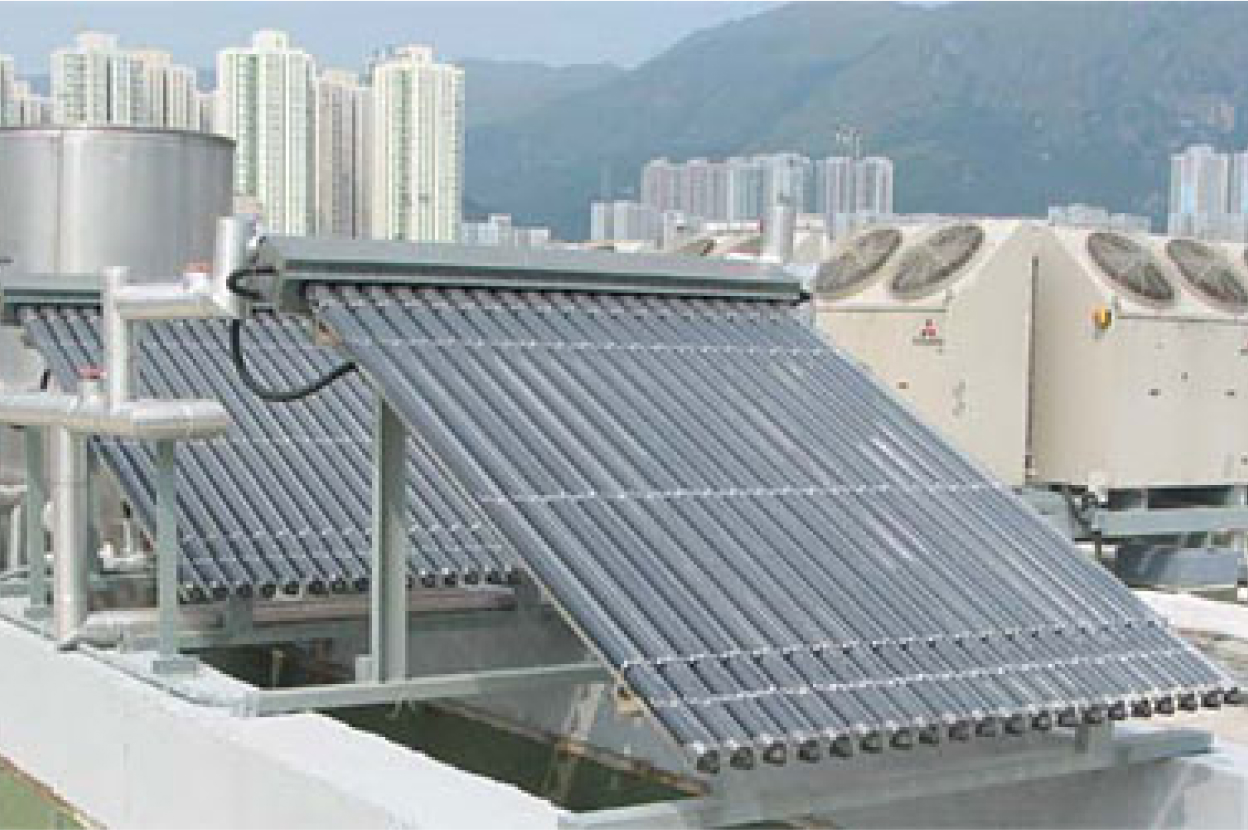
A small solar water heating installation
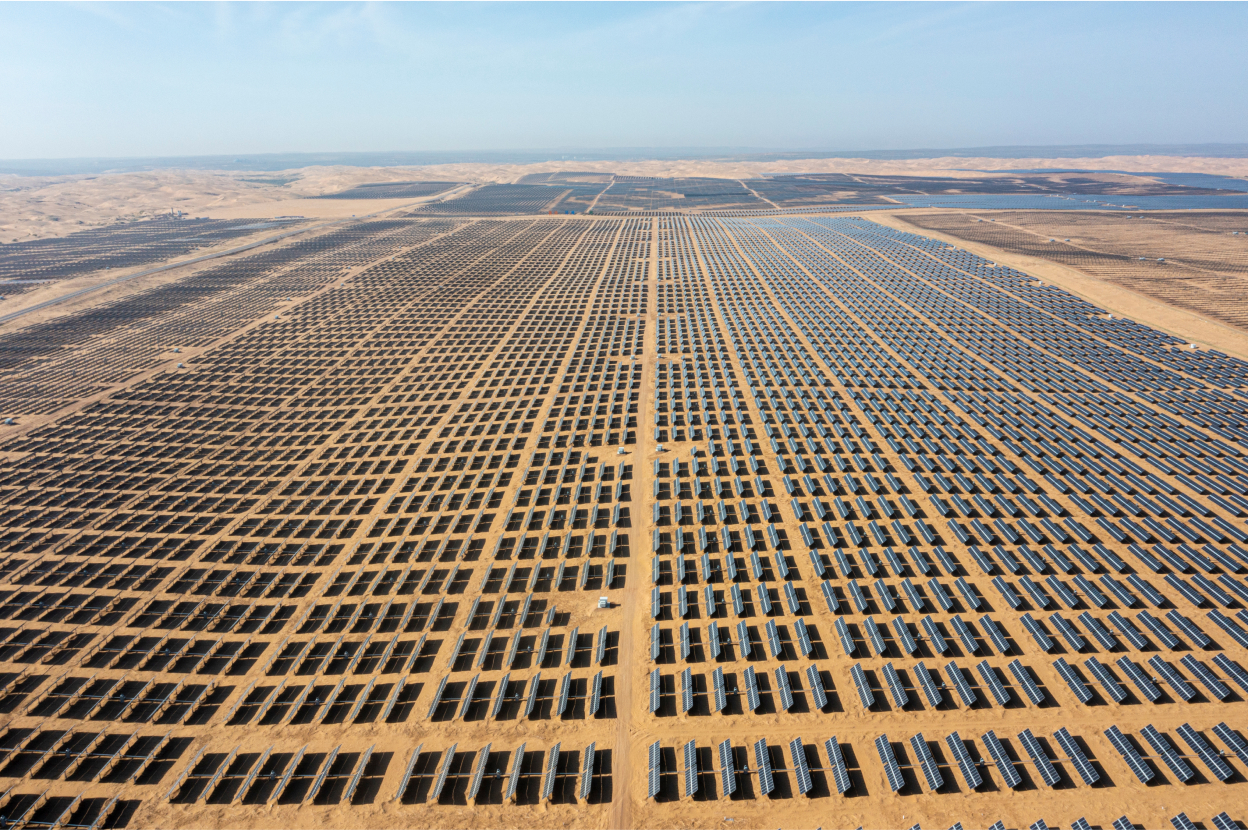
A solar power plant at Kubuqi Desert, China
(Photo provided by China General Nuclear Power Group)
Wind energy
Through a wind turbine that transforms the kinetic energy of air currents into electrical energy
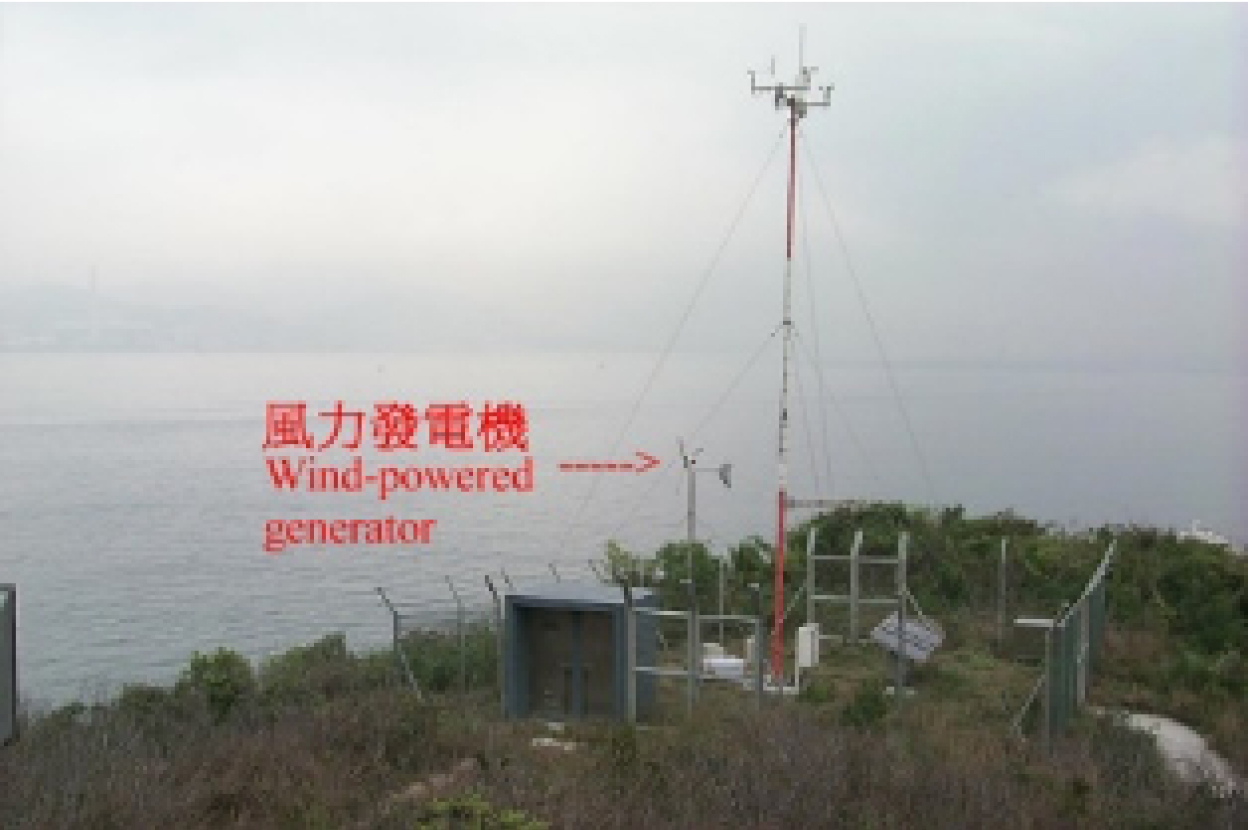
Sha Chau Automatic Weather Station
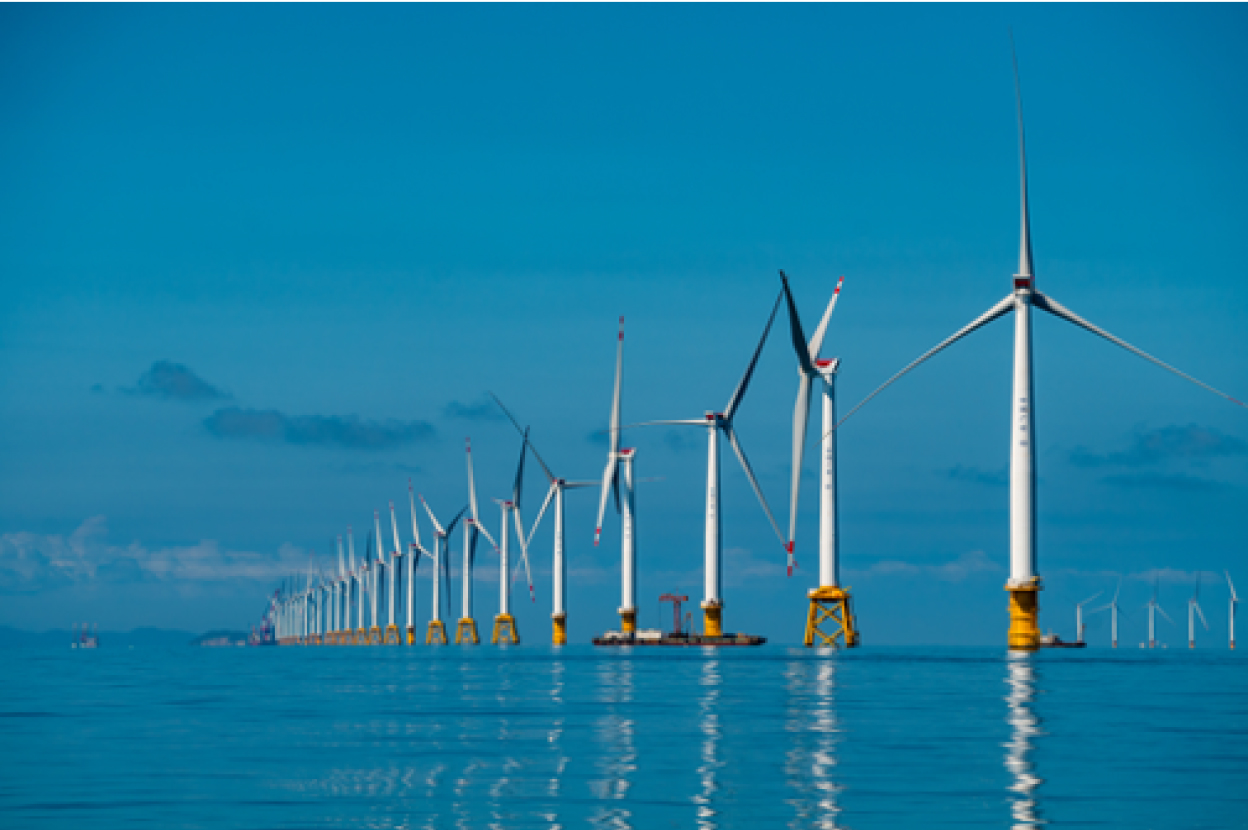
An offshore windfarm at Yangjiang, China
(Photo provided by China General Nuclear Power Group)
Waste-to-energy
The process by which the energy content of wastes is converted into heat or electricity using various types of technologies
Examples of waste-to-energy facilities in Hong Kong:
T·Park
- Sludge is converted into ash and residue under advanced incineration technology
- Electricity is also produced
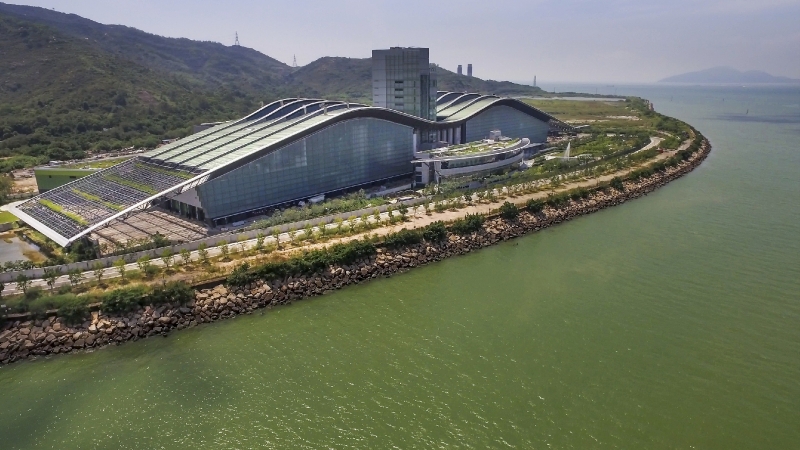
(Chinese version only)
O·Parks
The first organic resources recovery centre, locating at Siu Ho Wan of North Lantau adopts anaerobic digestion technology to convert food waste into biogas (a source of renewable energy similar to natural gas) for electricity generation whilst the residues from the process can be produced as compost for landscaping and agriculture use.
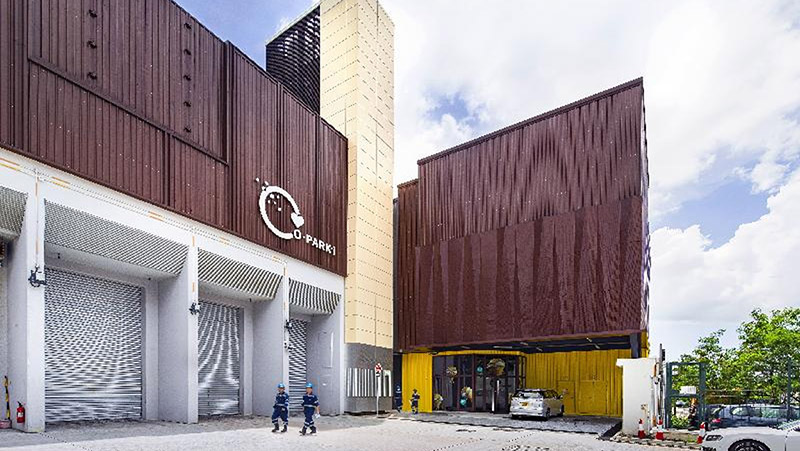
Hydrogen energy
Hydrogen is produced through a process of electrolysis of water powered by renewable energy such as wind or solar

To prepare for the wider application of hydrogen energy in Hong Kong in the future, the Government published the Strategy of Hydrogen Development in Hong Kong in June 2024.
Hydropower
Converting the potential energy of water (water energy) into electrical energy to generate electricity
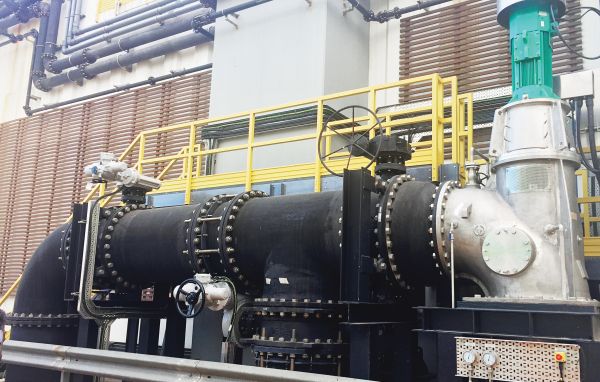
Biomass energy
- Energy generated by direct use or processing of crops, biogas and organic waste
- For example, burning organic matter such as wood, crops, and animal waste releases energy in the form of heat which can then be converted into electricity
- For example, biodiesel is made through a chemical reaction between waste oil and alcohol
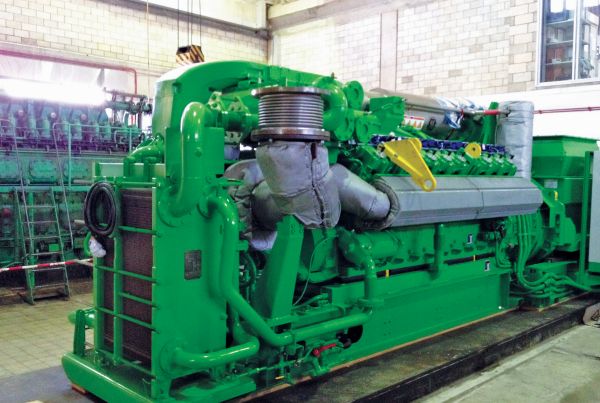
Geothermal energy
- Comes from the heat within the Earth as the results of slow decay of radioactive particles, a process that happens in all rocks
- Can be brought to the Earth’s surface by wells and be used for electricity generation, direct-use applications, warming and cooling
Nuclear energy
- Harness energy from controlled nuclear reactions to generate power, heat and electricity
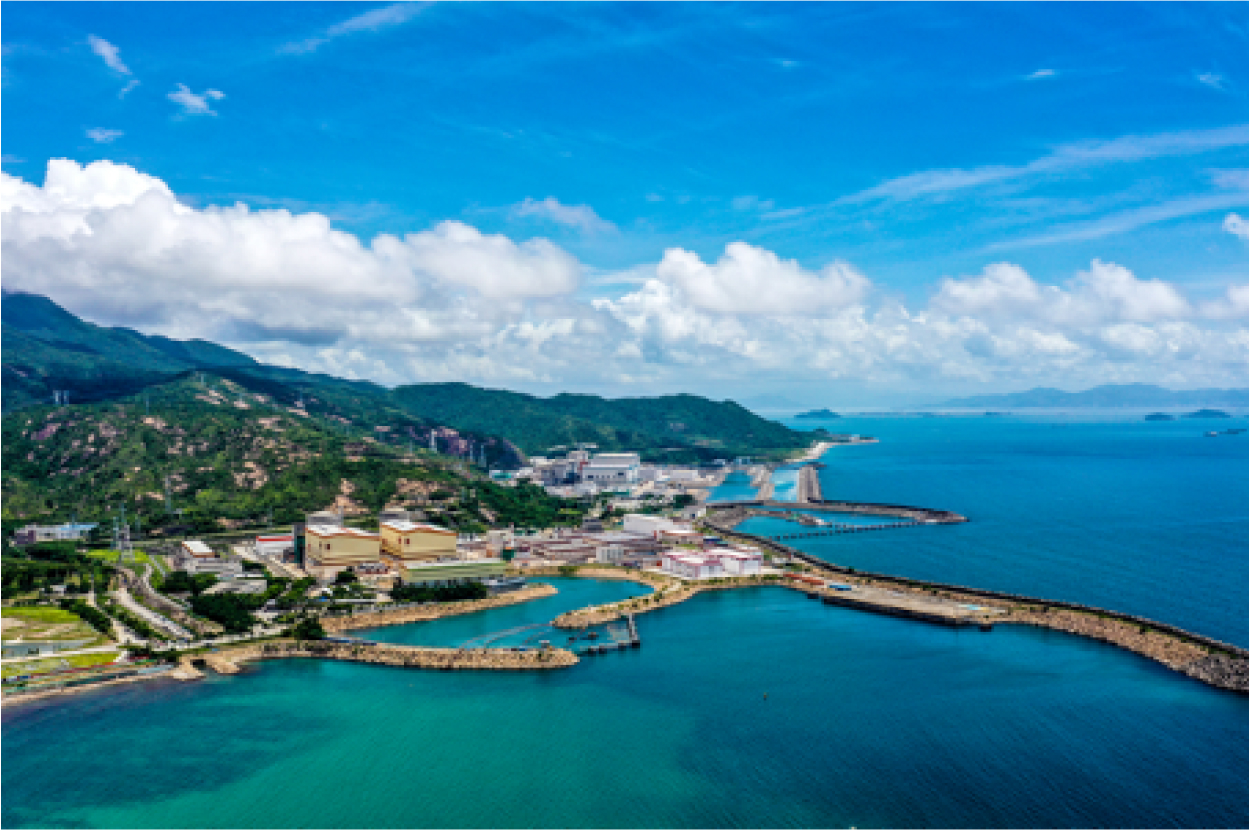
(Photo provided by China General Nuclear Power Group)
Comparison of different clean energies
Solar energy
- Easy to install
- Low maintenance cost
- Reduced electricity bill
- No solar power at night
- Low conversion efficiency
Wind energy
- Low operating cost
- Efficient use of land space
- Intermittent
- High capital cost
- Potential noise and visual pollution
- Potential ecological impact, e.g. bird and bat killing
Waste-to-energy
- Reduce landfill pressure
- Greatly reduce the waste volume
- Stable supply
- High capital cost
- Land requirements
- Disincentive recycling
Hydrogen energy
- Storing renewable energy
- Versatile (e.g. generate electricity and heat, power vehicles etc.)
- High production and storage cost
- Low volumetric energy density
Hydropower
- Reliable and highly efficient
- Provide recreational opportunities (e.g. fishing, boating and swimming)
- High capital cost
- Potential ecological impact, e.g. fish migration
- Limited reservoirs
- Droughts
Biomass energy
- Waste reduction
- Stable supply
- High capital and operating costs
- Land requirements
- Potential environmental impacts, e.g. burning biomass releases air pollutants such as carbon dioxide, nitrogen oxides
Geothermal energy
- Stable supply
- Small land footprint
- Energy security
- Location dependent
- High capital cost
- Can lead to surface instability
Nuclear energy
- Stable supply
- Cost-effective
- Carbon-free
- Low operating cost
- High capital cost
- Disposal of radioactive waste
- Nuclear accidents
Net-zero Electricity Generation
- The Government will increase the zero-carbon of electricity supply through reducing the use of fossil fuels for electricity generation, developing renewable energy (RE), exploring the supply of new energy and collaborating with neighbouring regions, in order to achieve raising the share of zero-carbon energy in the fuel mix for electricity generation to about 60% to 70% before 2035 and to achieve net-zero electricity generation before 2050 in the long run.
-
Phasing out coal-fired electricity generation:
Coal emits the highest level of carbon emissions. Hong Kong has ceased to build coal-fired generation units since 1997 and has been gradually phasing out the existing units. By 2035, we will cease using coal for daily electricity generation and will only keep it for providing backup support. Coal will be replaced by natural gas with lower carbon emissions and zero-carbon energy (e.g. RE and nuclear energy) by then. -
Developing Renewable Energy (RE):
To expedite transformation to low-carbon energy, we are committed to increasing the share of RE in the fuel mix for electricity generation from less than 1% in 2020 to 7.5% to 10% by 2035, and further increase it to 15% by 2050. In details, wind energy will meet 3.5% to 4%; waste-to-energy will meet 3% to 4%; and solar energy will meet 1% to 2%.
-
Exploring new energy sources for electricity generation:
The Government will explore the application of new zero-carbon energy sources for electricity generation in Hong Kong, so that they may be adopted for trial when the technologies become relatively mature. -
Enhancing regional cooperation:
Due to limitations of land and natural resources, Hong Kong like many major cities in the world is unable to completely rely on zero-carbon electricity generated locally. The Government, together with the power companies, will enhance regional cooperation to identify sources of zero-carbon energy in neighbouring regions, including seeking joint investment and development opportunities for participating in and operating zero-carbon energy projects near Hong Kong. We will also keep abreast of developments in technologies that utilise RE for electricity generation.(In Cantonese only)
Energy Saving Tips
Let’s save energy in our daily life and build sustainable green living together!
10 Energy Saving Tips for Home
Set and maintain air-conditioned room temperature between 24°C and 26°C or above in summer
Use natural ventilation or electric fans instead of air conditioners as far as possible
Use appliances of high energy efficiency, such as products with "Grade 1" energy label
Switch off appliances that are not in use or after use
Use lamps with high energy efficiency, such as Light Emitting Diode (LED) lamps or integrated type compact fluorescent lamps (CFLs)
Fully load the machine – washing a half load of clothes consumes about the same amount of energy as a full load
Maximize daylight usage as far as possible
Taking showers instead of baths uses 50% less hot water and energy
Put on more warm clothes before considering to use heaters
Remove battery charger from power socket outlet after charging is completed
More energy saving tips for home:
https://www.emsd.gov.hk/energyland/filemanager/common/pdf/EMSD_Home_Eng.pdf


